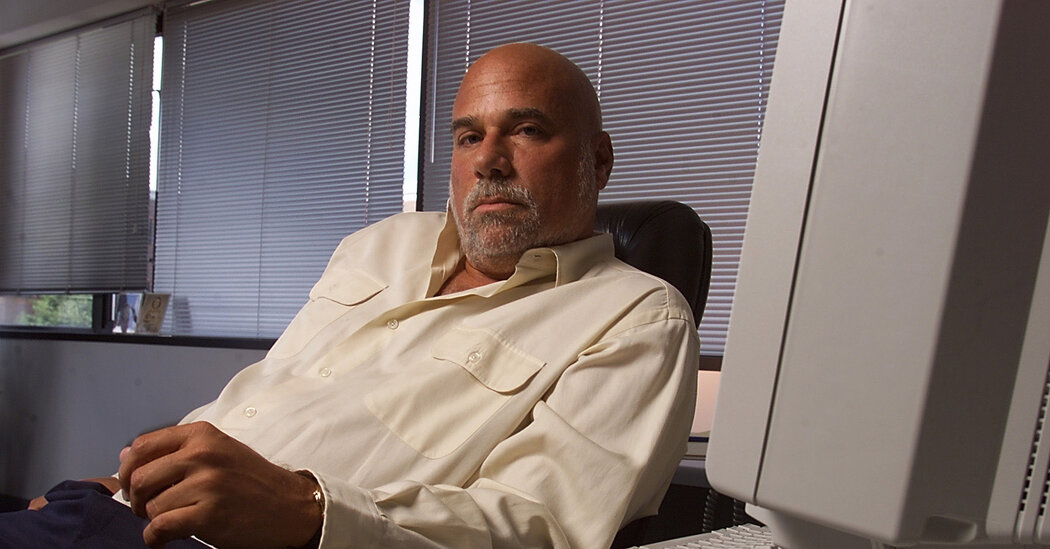Stripe Hires Investment Banks to Explore Public Listing
SAN FRANCISCO — Stripe, the San Francisco payments provider and one of the world’s most valuable private start-ups, hired Goldman Sachs and JPMorgan Chase this week to advise it on a potential public listing in the next year, two people with knowledge of the matter said.
If a listing moves forward, Stripe’s public debut would be among the largest and most anticipated in its class of start-ups, potentially reopening the moribund public markets to new offerings.
Stripe told employees on Thursday that it was considering multiple routes to letting its shareholders cash out within the next 12 months, the people said. The possible routes include a direct listing, in which the company would publicly list its shares but not issue new ones; a tender offer, in which it would sell employee shares to outside investors but not go public; or a regular initial public offering, the people said.
The Information earlier reported on Stripe’s plans.
Investors valued Stripe, which was founded in 2010 by the brothers John and Patrick Collison, at $95 billion in 2021. Last year, amid market tumult for tech start-ups, the company lowered its internal valuation by 28 percent to $74 billion and laid off 14 percent of staff, or just over 1,000 people.
The company, which sells payment processing software to companies including Peloton, Wayfair and Amazon, has put off tapping the public markets. But its early investors, who are sitting on enormous returns, and employees, some of whose shares are set to expire soon, are eager to cash in on the company’s success.
Stripe has raised more than $2 billion from investors including Sequoia Capital, General Catalyst, Founders Fund, Thrive Capital and Andreessen Horowitz.
Market observers often view Stripe’s performance as an indicator of overall start-up market health, since it started out serving other start-ups before expanding to larger customers.
Like many tech companies, Stripe spent the last year retreating from its overly optimistic growth plans in the face of a faltering economy. “We were much too optimistic about the internet economy’s near-term growth,” Patrick Collison wrote in a message to employees announcing layoffs in November.


